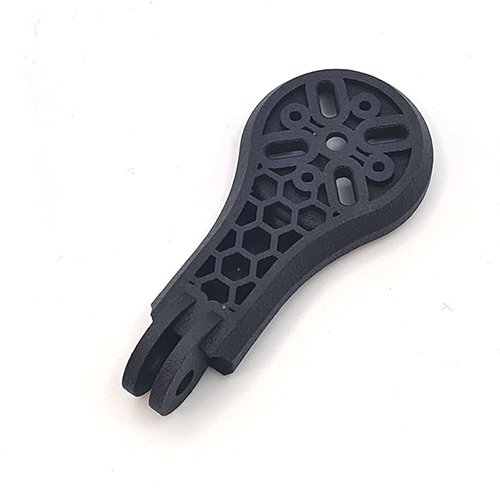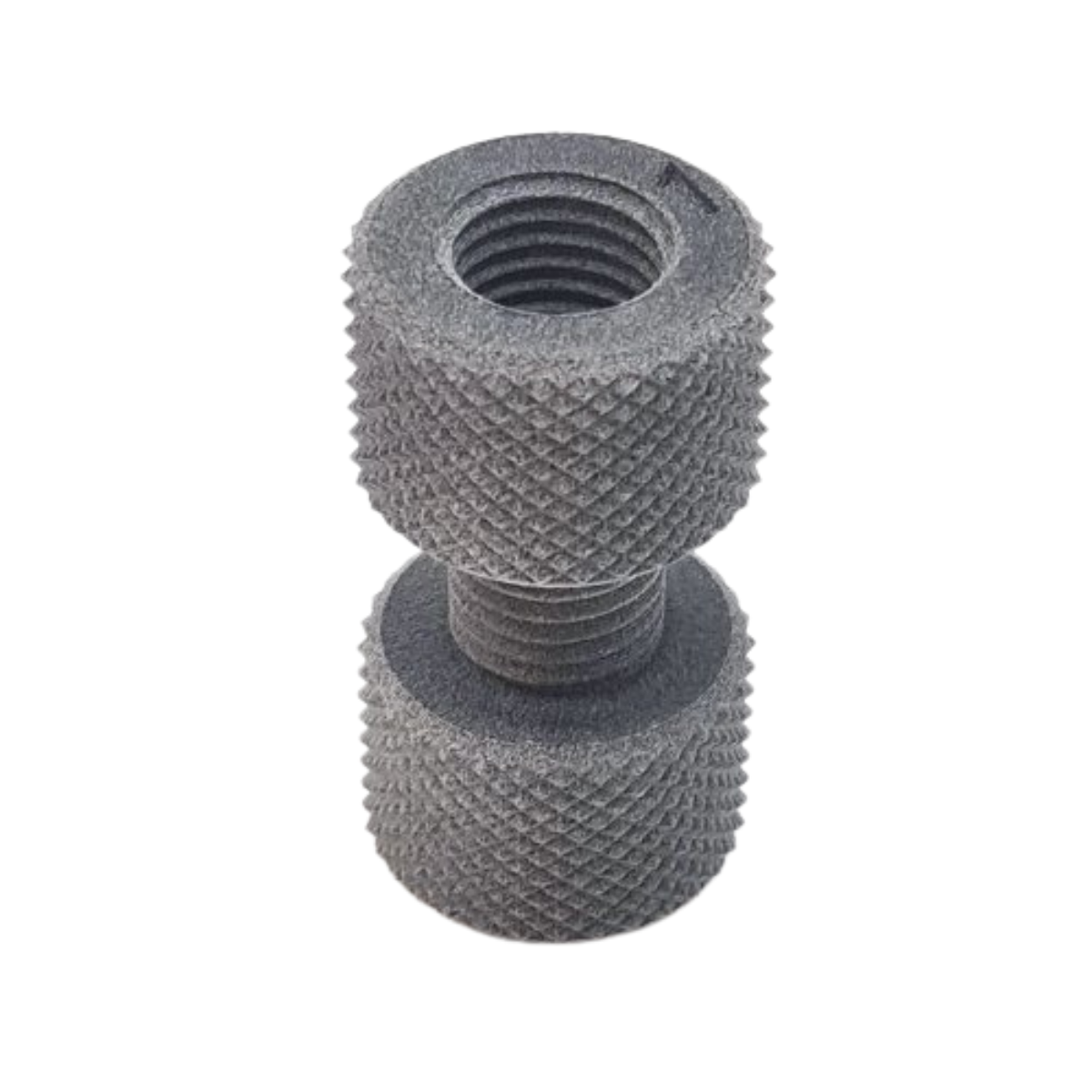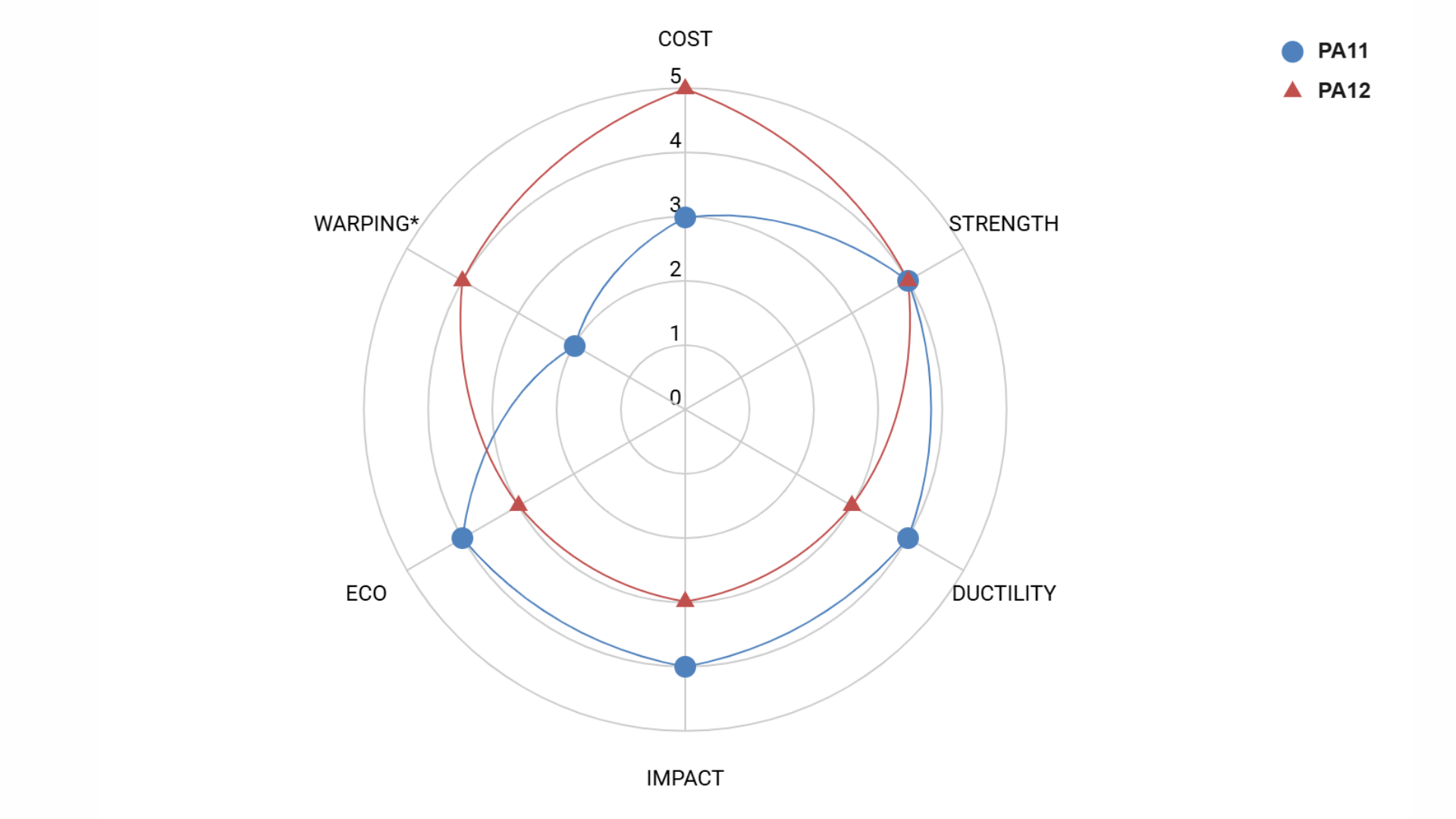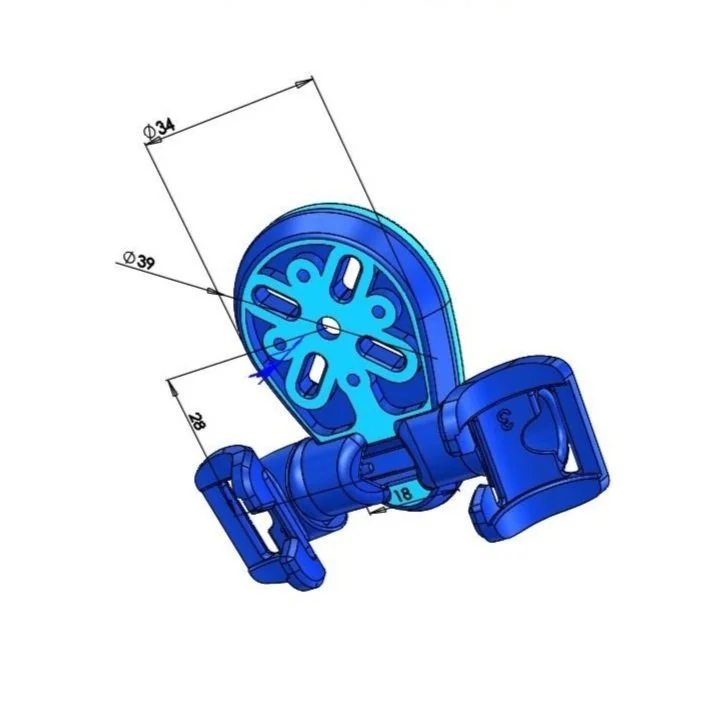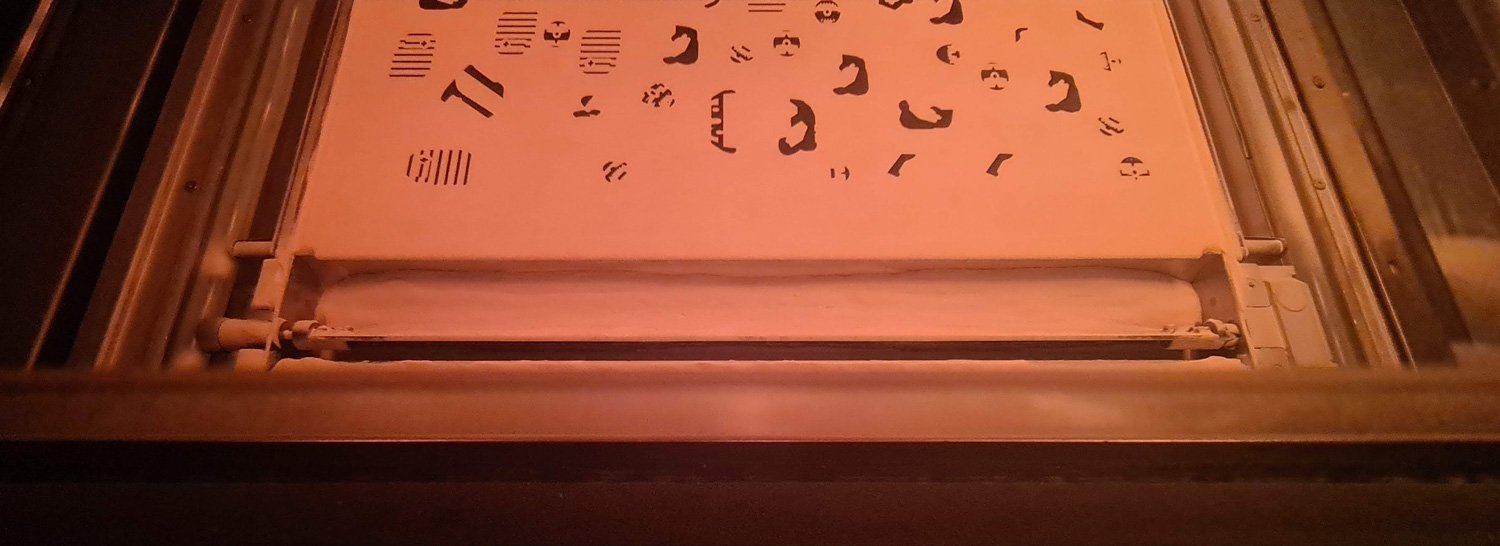
DISCOVER OUR NYLON PA11 & PA12 MATERIALS
As part of our added-value service, we provide design feedback and advice on achieving your desired aesthetic and mechanical properties, including which materials will provide the results you’re looking for.
MJF PA12 Material (Nylon 12)
Strong & Durable | Watertight | Chemical Resistant | 80% Powder Reusability
Currently our most popular material, PA12 is extremely versatile and can be used for a wide range of applications, from custom fasteners to full enclosures.
Specific additive design techniques such as internal lattices and variable shell thickness can be used to achieve further attributes.
Key Physical Properties:
Tensile Strength: 48 MPa
Tensile Modulus: 1800 MPa
Flexural Modulus: 1730 MPa
Heat Deflection: 175° C
MJF PA11 Material (Nylon 11)
100% Bio-Based | Strong & Flexible | Watertight | Lightweight | Impact Resistant
Made from castor beans, PA11 material is a tougher and more eco-friendly alternative to PA12. Like PA12 material, it is suitable for a wide range of applications and particularly excels when used for parts that need to be regularly flexed or withstand impacts.
The chemistry of PA11 makes it more flexible than PA12, and the model of MJF printer we use allows it to deliver a smoother surface quality. This makes it perfect for applications such as sports equipment, automotive interiors, and medical orthotics and prosthetics (O&P) to name but a few.
Key Physical Properties:
Tensile Strength: 52 MPa
Tensile Modulus: 1600 MPa
Flexural Modulus: 1200 MPa
Izod impact notched: 6 kJ/m2
TRY IT FOR YOURSELF
Our unique fidget swatch lets you lets you get your hands on an actual PA12 part. Featuring surface texture, threads and an inbuilt spring, it makes a great fidget toy (one customer even said it helped them give up smoking!)
Click the button below to claim your free fidget swatch or comparive samples of PA11 and PA12.
Which material should I choose?
MJF PA12 is a great all-round engineering material, and is the material of choice for most applications. PA11 material is more suitable when the application requires greater part flexibility or impact resistance or long service critical parts where failure would cause wider issues.
If you’re not sure which material will work best, our expert design team will be happy to advise you.
PA11 Advantages Over PA12
Biosourced
Impact Resistance
Flexibility
Improved Surface Smoothness
PA12 Advantages Over PA11
Cost-effective
Greater stiffness & stability
Resistant to temperature
MJF Design Tips
Minimum wall thickness 1mm. Down to 0.5mm in small areas.
Max wall thickness: 8mm. We can print large solid models but will recommend that we hollow or add lattice to reduce the chance of dimensional inaccuracies, such as warping or sinkage.
Minimum gap between surfaces that aren’t meant to be fused should be 1mm. Smaller gaps can be achieved between tangent surfaces.
Large flat surfaces may distort, especially with variable wall thickness.
Sudden changes in thickness may lead to distortion.
Adding radiuses to internal cavities help clear unfused powder.
As a rule blind holes should be no deeper than double the diameter without causing the need to manually clear powder.
Please Note: These are only guidelines to suit the most common situations. As a point of course we will check files for potential issues and highlight them to you. If you are particularly concerned about the suitability of a design we will assess it for Design for Additive Manufacturing (DFAM) and make or suggest the necessary improvements.
More information can be obtained from the MJF design book.

